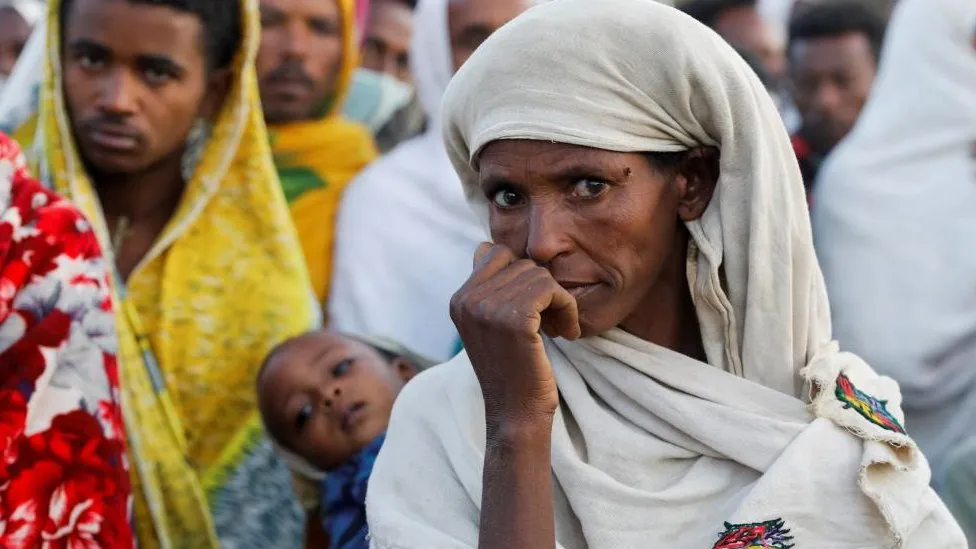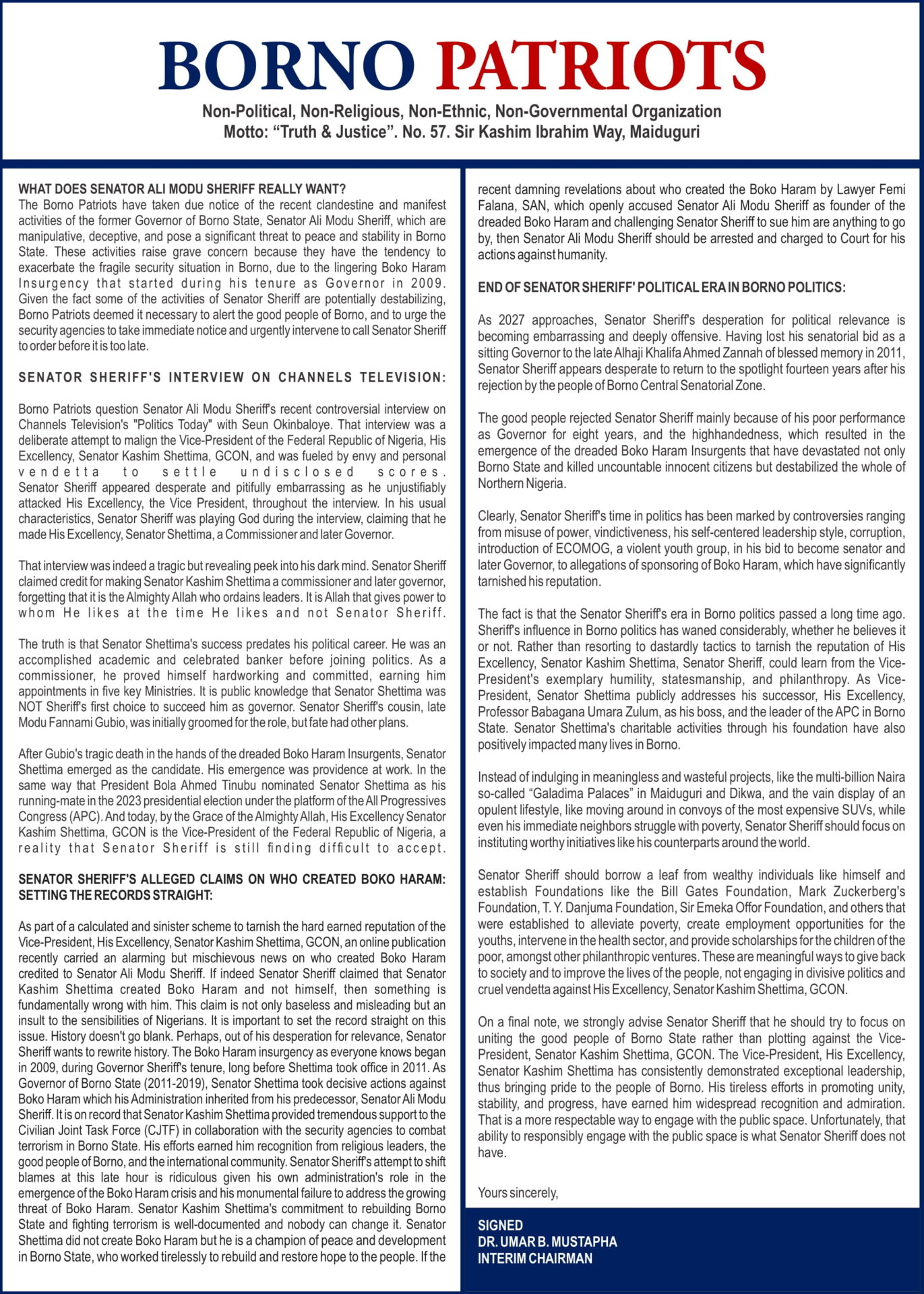FAMINE is stalking parts of Ethiopia. The epicentre is in the northern Tigray region.
Villagers who have not yet recovered from the ravages of the recent war in the region are now stricken by severe drought.
Reports of hundreds of children dying of starvation are trickling in from remote areas.
What is particularly disturbing is that this crisis is unfolding so early in the season. The main harvest in Tigray and neighbouring Amhara is in November, and this is the time of year when food should be most plentiful.
But the federal government in Addis Ababa denies that a famine is imminent, and says it is working to provide aid.
Veterans of relief operations, however, are comparing the crisis to the situation in 1984, when a combination of drought and war caused a famine that killed up to a million people.
The UN’s Office for the Coordination of Humanitarian Affairs (Ocha) estimates that more than 20 million Ethiopians are in need of food aid, of whom about a third are receiving assistance. In Tigray, the picture is especially alarming.
Last month, the Tigrayan authorities said that 3.5 million people, more than half the region’s population, needed aid for the entire year.
About two-thirds were farmers, and one-third were people displaced by the war who could not yet return home. Another 1.7 million people would need aid at some point during 2024, Ocha said.
The main reason for the calamity is that the ravages of war reduced Tigray to extreme poverty.
The fighting was between Ethiopian government and allied forces on the one hand, and Tigrayan forces on the other, following a massive fall-out between the federal and regional governments.
It lasted for two years from November 2020, and saw an extraordinary level of destruction.
Though there were official denials, soldiers were accused of stealing or burning food and farms, slaughtering livestock, including plough oxen, and ransacking and vandalising water systems.
More than 1.4 million people were forcibly displaced, especially from the more fertile western parts of Tigray, which were taken over by the neighbouring Amhara region.






